Letter-sound association Normal Letter Recognition Worksheets for Ages 4-9
5 filtered results
-
From - To
Explore our engaging Letter-Sound Association Normal Letter Recognition Worksheets, designed for children aged 4-9! These worksheets are a fantastic way to help young learners connect letters with their corresponding sounds, enhancing their reading skills. Each activity focuses on fun and interactive methods, making learning enjoyable and effective. Our worksheets aim to boost confidence in letter recognition while reinforcing phonemic awareness, setting the foundation for strong literacy skills. Suitable for both classroom and home use, these resources support early education goals and cater to various learning styles. Unlock your child’s reading potential with our thoughtfully crafted materials today!
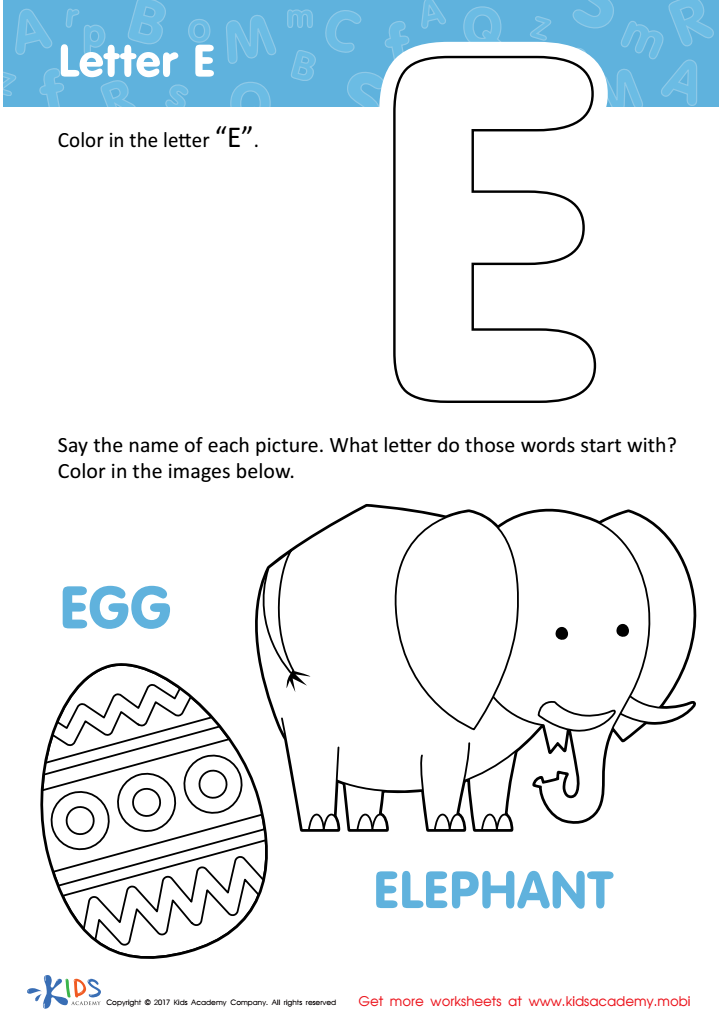

Letter E Coloring Sheet
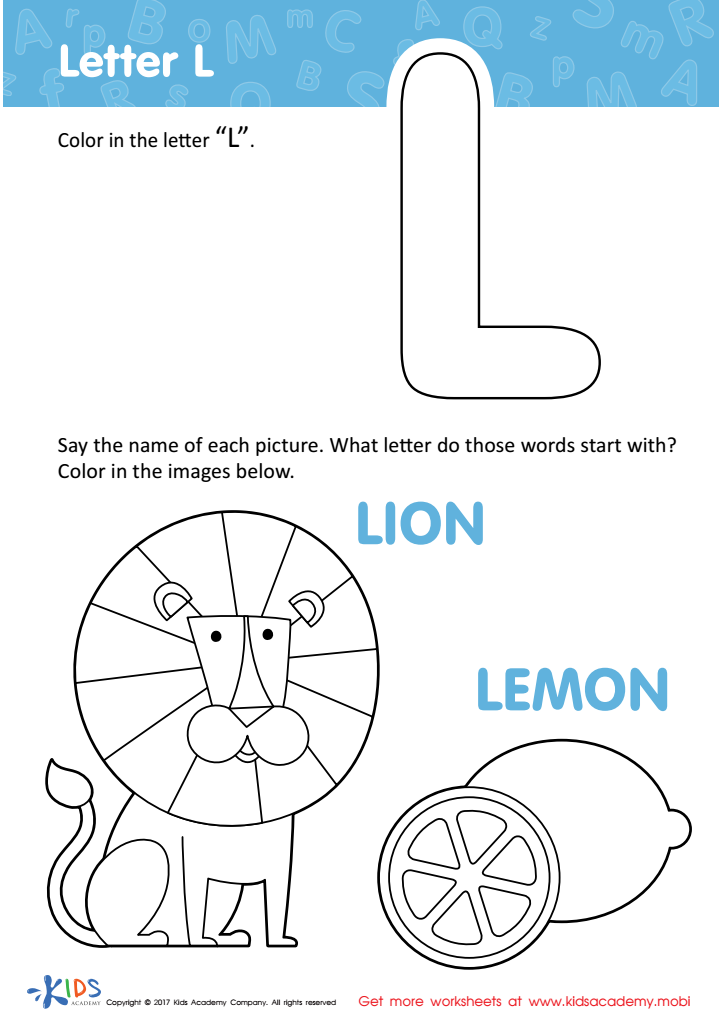

Letter L Coloring Sheet
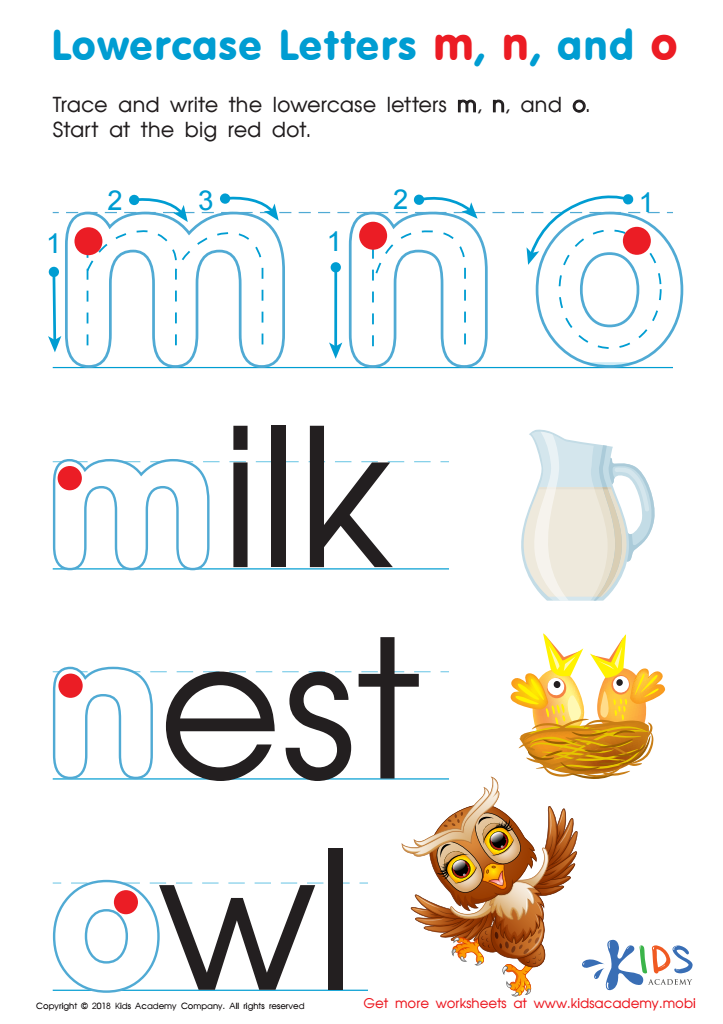

Lowercase Letters m n o Worksheet
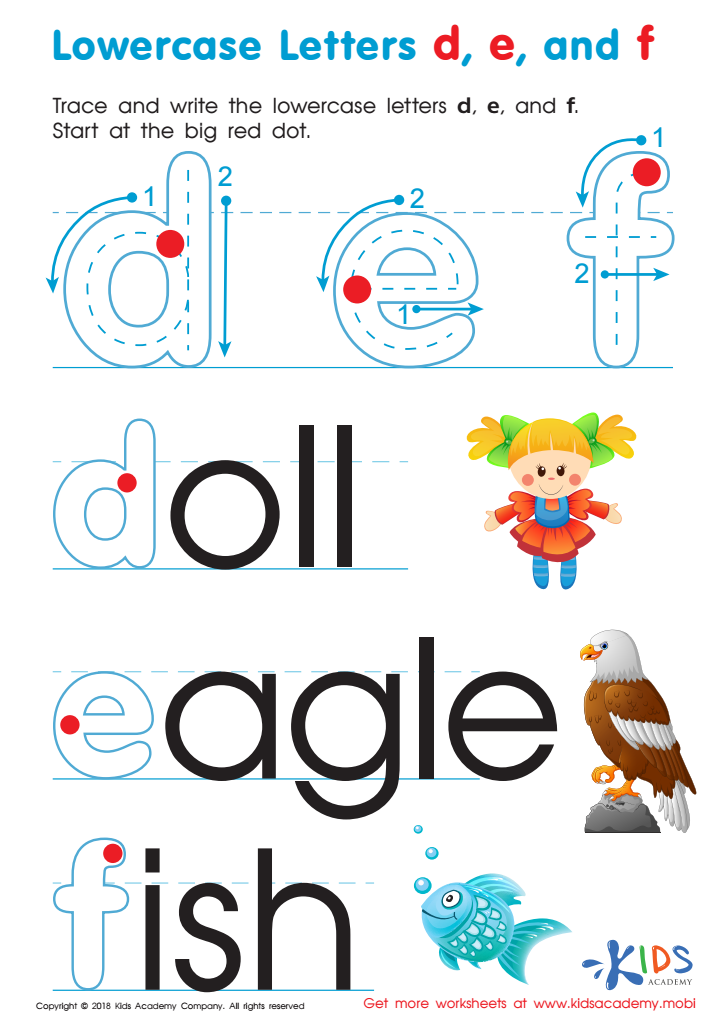

Lowercase Letters d e f Worksheet
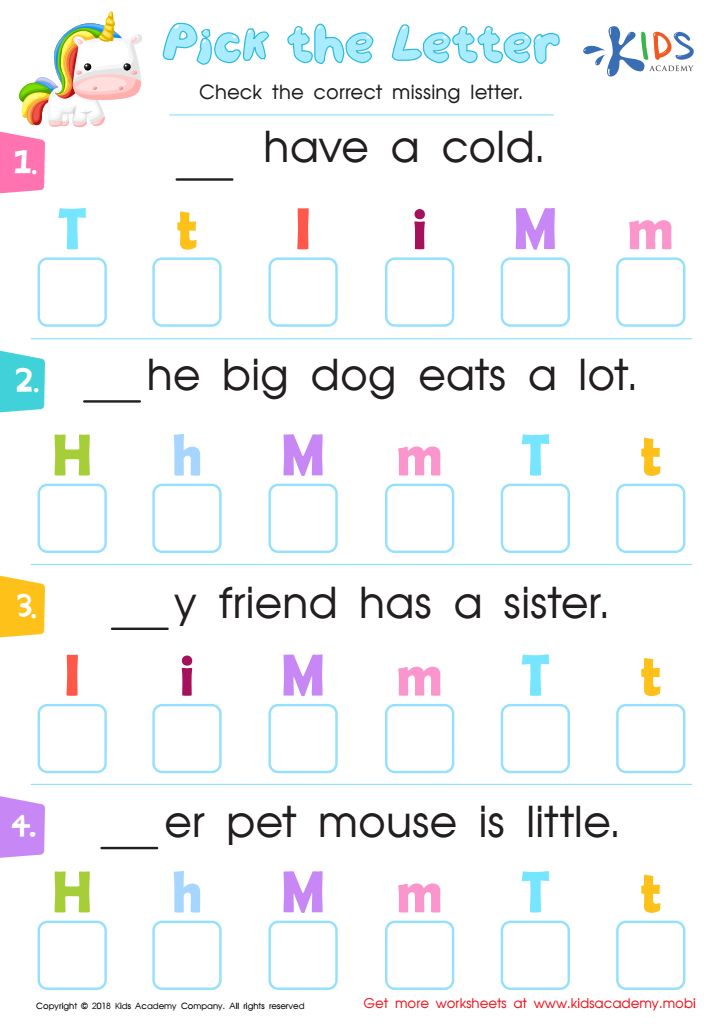

Pick the Letter Worksheet
Letter-sound association and normal letter recognition are crucial foundational skills for children aged 4-9, as they underpin early literacy development. When parents and teachers prioritize these skills, they empower children to decode words, enhancing reading fluency and comprehension. Understanding how letters connect to their corresponding sounds is essential for constructing their reading toolkit, enabling children to tackle unfamiliar words independently.
Engaging in letter recognition activities fosters confidence in young learners, making reading a less daunting task. Recognizing letters also helps in spelling, writing, and general communication skills, contributing to broader academic success. Early mastery of these concepts also correlates with later achievements in reading and learning across subjects, setting a positive trajectory for a child's educational journey.
Moreover, cultivating these skills at an early age fosters a lifelong love for reading. Children who learn to read well often develop a deeper engagement with literature, enhancing their creativity, critical thinking, and vocabulary. Therefore, encouraging consistent practice in letter-sound associations and recognition from both parents and educators not only enhances immediate literacy skills but also lays a strong bedrock for a child's future learning and academic identity. Ultimately, understanding these concepts feeds into developing a wholesome, literate individual.
 Assign to My Students
Assign to My Students
















